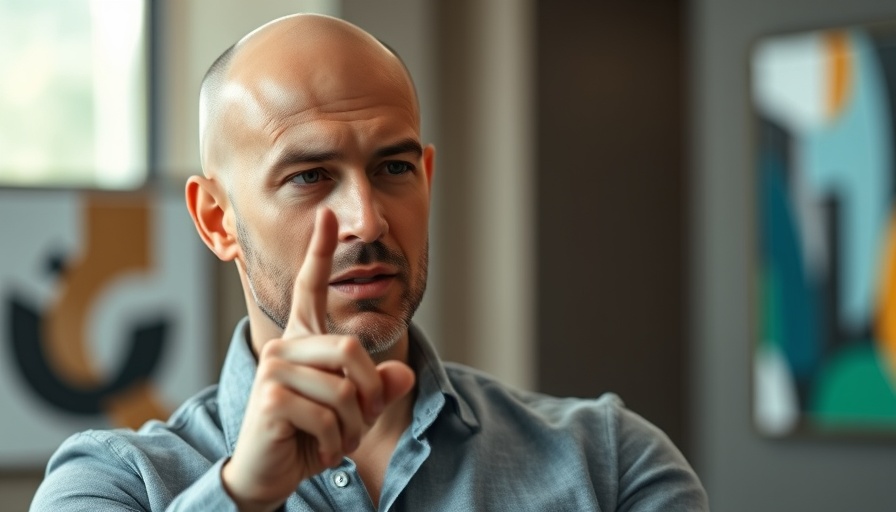
How Genetics Influence Stress Response
The video "Genetics Shape Cortisol & Adrenaline" takes us on an insightful journey about how our genetic make-up influences our body's response to stress. Cortisol, often referred to as the stress hormone, and adrenaline, a crucial hormone for fight or flight responses, work in tandem to help us cope with stress. However, interestingly enough, individual genetic variations can dictate how efficiently these hormones are produced and managed in each person, showcasing the intricate connection between our biology and emotional health.
In "Genetics Shape Cortisol & Adrenaline", the discussion dives into how our genes impact hormone production, exploring key insights that sparked deeper analysis on our end.
Understanding the Role of Cortisol and Adrenaline
Cortisol and adrenaline play vital roles in our survival. When we face a stressful situation, the body releases these hormones to prepare us for immediate survival by increasing heart rates and enhancing energy availability. Each person's response varies based on their genetic makeup. Recent studies suggest that some individuals are genetically predisposed to release higher levels of cortisol, making them more susceptible to stress-related disorders.
Why This Information Matters to Us
Understanding the role genetics play in our stress response is not just a scientific curiosity; it's fundamental to many of us coping with daily pressures. Whether it’s an overload of responsibilities at work or personal challenges, recognizing that our bodies react differently due to our genes helps us foster compassion towards ourselves and others. This awareness can encourage a more supportive community where we can address mental health collectively.
Diving Deeper into Our Genetic Heritage
It's fascinating to consider how our ancestors' experiences related to stress could have shaped our current genetic traits. Movements of populations, their environments, and the challenges they faced forged survival strategies that are still with us today. Whether through historical patterns or modern challenges, our understanding of genetics could lead to advancements in personalized healthcare and stress management strategies.
Future Implications and Personalization of Stress Management
As we delve deeper into the genetics of stress response, the future holds promise for tailored wellbeing solutions. Genetic testing could soon inform individuals about their vulnerabilities or resistances to stress, allowing for personalized wellness plans. This could enable proactive management of stress, ensuring happier and healthier communities.
The video "Genetics Shape Cortisol & Adrenaline" introduces us to remarkable insights about how deeply intertwined our genetics are with our emotional responses. Let's embrace this knowledge to foster understanding and support for one another in our stress battles.
 Add Row
Add Row  Add
Add 




Write A Comment